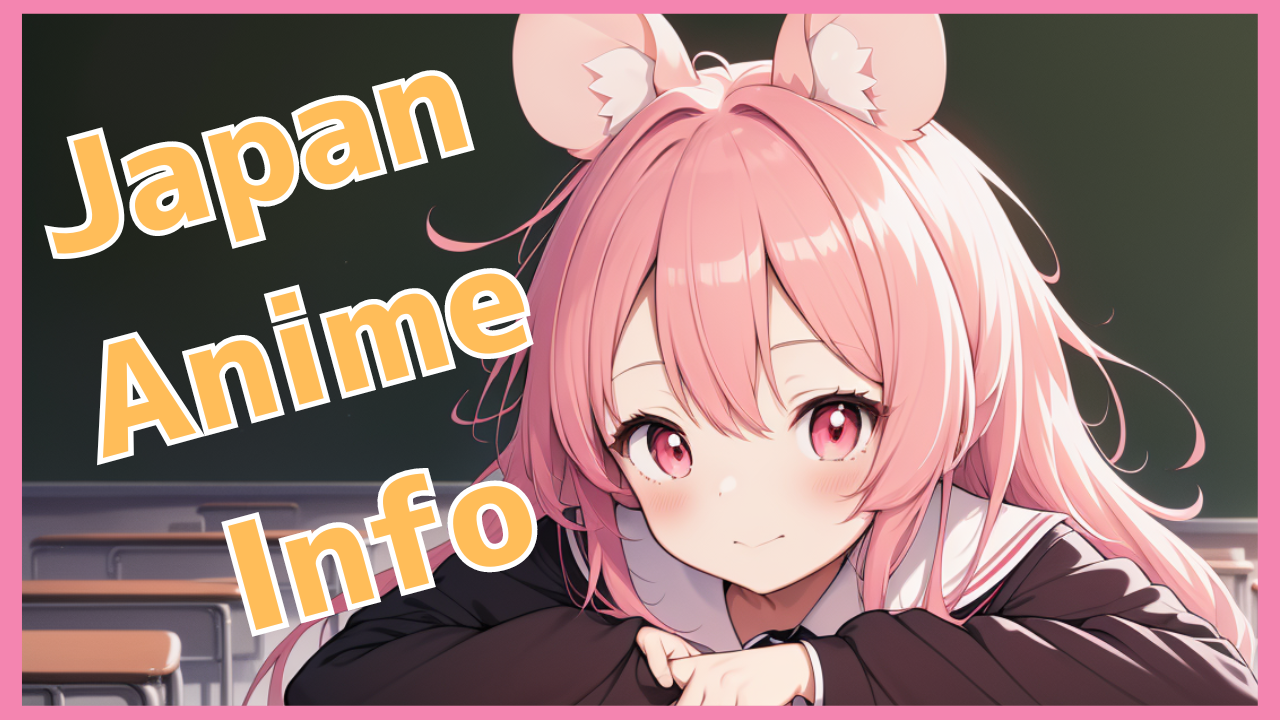This film, which allows viewers to enjoy the growth of Riley, the main character of the series, and her emotions, and to empathize with the “storm of emotions” that unfolds as new feelings come over her as she reaches her adolescence, has become Pixar’s biggest hit ever.
Animate Times interviewed Pete Docter, director of the previous film, Inside Out, and current Chief Creative Officer at Pixar Studios!
We spoke to Pete, the driving force behind Pixar, about the message and thoughts he put into this film, the first sequel in nine years.
— “Inside Out 2” has become a huge hit all over the world. Please tell us how you feel now and how you were involved in this film.
Pete Docter (hereinafter, Pete): I couldn’t be happier about the worldwide hit. It’s the number one hit in Pixar’s history both in the United States and internationally, but it’s impossible to predict whether a film will be a hit. Even if you want to make it a big hit, it’s not easy to do. I try my best every time I make it.
I was the director of the previous film, but this time I was the Chief Creative Officer of Pixar Studios, so I think I was involved in key moments in the film.
First of all, when I was thinking about what kind of movie I wanted to make, Director Kelsey came up with the idea of “Shinpai”. He also suggested that I portray the anxiety (worry) that people have when they think, “Maybe I’m worthless.”
I gave the go-ahead for the idea and then took a step back to watch. Gradually, Director Kelsey’s team would work on the script and storyboards and bring them back to me.
In a sense, as the first audience members and representatives of the audience, I looked at what the director and others had created, offering my opinions such as “This part made me laugh a little,” “This part confused me a little,” “I wanted to be moved by this part, but for some reason I wasn’t,” and became part of the team that analyzed it together.
Of course, there were times when I offered ideas, but basically I communicated clearly what the problem was with the film, and then the director’s team came up with the answer. In that way, everyone was pushing everyone forward.
–New emotions appear in this film, but when the director and production team came up with the ideas for the characters, was there anything that surprised or unexpected you?
Pete: I guess it’s Shinpai. Shinpai’s character design is very unique and different from the other characters. However, we don’t design characters on their own. We have to look at the balance with other characters.
For example, since multiple characters such as Joy and Sadness are often shown on the same screen, we have to differentiate the characters when they are together to make them stand out. In that context, the look of the character with his big, pop-out eyes and orange hair was the best. When I saw the design, I thought, “This is exactly what Shinpai is like.”
–The character art director for this work is Japanese-born Yoshiko Murayama. What was your impression of Murayama’s work?
Pete: The characters she designs are wonderful, not just in this game, but I personally liked how embarrassing they were this time.
I thought the idea of him being so big that he was embarrassed and wanted to hide, but couldn’t because he was too big, was great. Iiner was also good. He’s a small character, so he couldn’t reach the emotion control panel (laughs).
She is a character who desires things she does not have, and the design of her eyes seems to have been influenced by Japanese anime, with a sparkle or a girl’s manga feel to it. The visual conveys her sparkling longing for the things she desires.
–Pete, do you ever feel anxious or worried?
Pete: I think I feel more sympathy than ‘Iinar’ now (laughs). Both of these can be seen as negative emotions, but I want to express in this film that they also have positive aspects.
例えば「その筋肉羨ましいな」「髪の毛が綺麗で良いな〜」って思った時に、そのままにしておくと良くないかもしれませんが、ジムに通い始めるとか、見た目を綺麗にしてみるとか、イイナーと思ったことを達成したい、目標を作ったり、実際に行動ができますよね。それは健康的なことだと思います、もちろん悪い方に転がることもあるけれどね(笑)。
ーー前作『インサイド・ヘッド』から登場していたキャラクターの成長や変化を感じました。ライリーと共に、ヨロコビたちも成長するという展開は本作を制作する上で、意識していたのでしょうか?
ピート:はい、それは考えてました。例えば、今回の作品では、一作目で見られなかったヨロコビが怒るシーンとか、「どうしていいかわからない」と不安な気持ちになっていることを認めたりします。キャラクターたちが何を象徴しているのかを守りながらも、彼女たちの限界を押し広げたいという風にも考えていました。
ヨロコビには、「ライリーが成長しても、問題なんか起きるはずがない!」という盲目的といいますか、楽観主義的なところがあるじゃないですか。この作品では、思春期を描くということもあって、楽観主義的ではないヨロコビを描きたいと考えていましたね。
とはいえ、ルールや展開のリストをあらかじめ作ってから、物語や展開を決めていたわけではありません。どちらかというと感覚的。
みんなで探りながら、「これいい感じだな」「予想もしてなかった展開だけど、これは映画の核心なんじゃない?」という風に話しながら作っていました。
制作過程自体が発見というか、新しい何かをみんなで見つけ続けているような感じでした。人生と同じだね!
ーー監督のコメント等にもありましたが、本作は「自分自身を受け入れる」というテーマになっています。このメッセージはいつ発見されたのでしょう。
ピート:前作の公開後には、次の作品は一切考えてなかったんです。でもその後、ケルシー監督にいくつかアイデアを出してほしいとお願いして、出てきた一つが思春期でした。ケルシー監督は「前作のラストに出てきた思春期のアラームを鳴らしたい。そして「他にどんな感情があるのか、掘り下げてみたい」っていう風に言っていたんです。
ライリーの年齢的にも思春期を迎えるタイミングなんですが、例えば、生まれた時の私たちは親や保護者に愛されたり、支えられたりして生きることが多いわけです。ライリーくらいの年齢になると、ひとりで世界に飛び出していかなければいけなくなります。
そうすると、それまで自然と受け入れられてきたのに、今度は受け入れてもらわなければいけないわけですよ。誰かと共に生きるために頑張らなければいけない。だからこそ、他の新しい感情が現れるのだと思います。
自己意識のようなものが生まれはじめ、特定のグループに自分が合わないなとか合わせるために、ここは自分を変えなきゃとか色々考えてしまう。それをある程度するのは自然なことだと思います。やっぱり人間っていうのは、コミュニティ、集団、共同体みたいなものの一員でいるために、個人としてちょっと犠牲を少々払わなければいけないかもしれない。
それと同時に、ありのままの自分でいたいですよね。生まれつき、誰だってユニークな個性を持ち合わせていて、ある種人生のゴールというのは、そのユニークさをどう表現するかっていうことだと思うんです。
なんだけれども、ありのままの自分でありながら、その周りの世界にうまくフィットしていく。自分を受け入れてもらうというのは、誰もが抱えている物凄く難しい問題で、はっきりとした答えがないんですよね。だからこそ、本作のメッセージは多くの人に響くのではないかと思います。


コメント